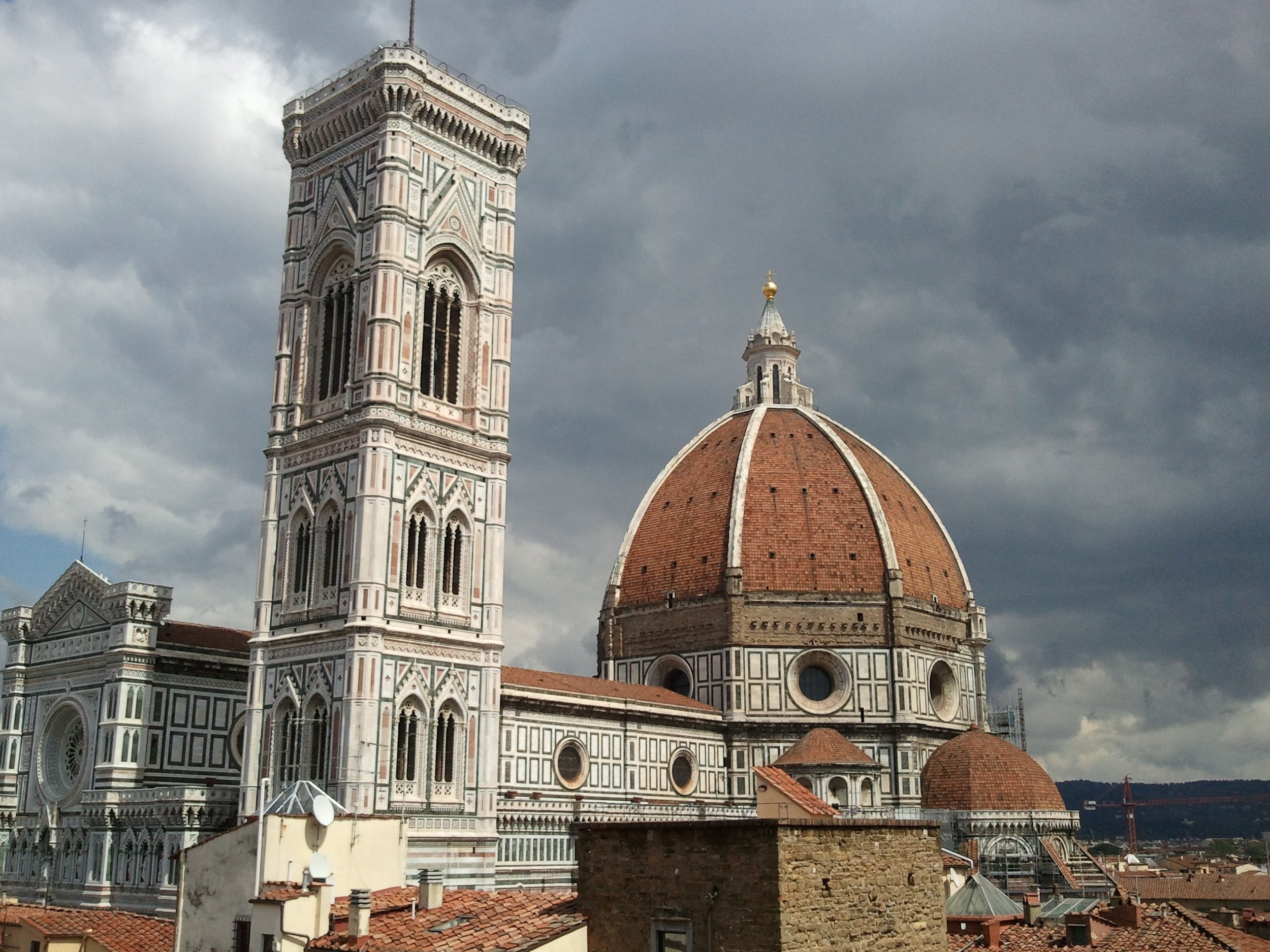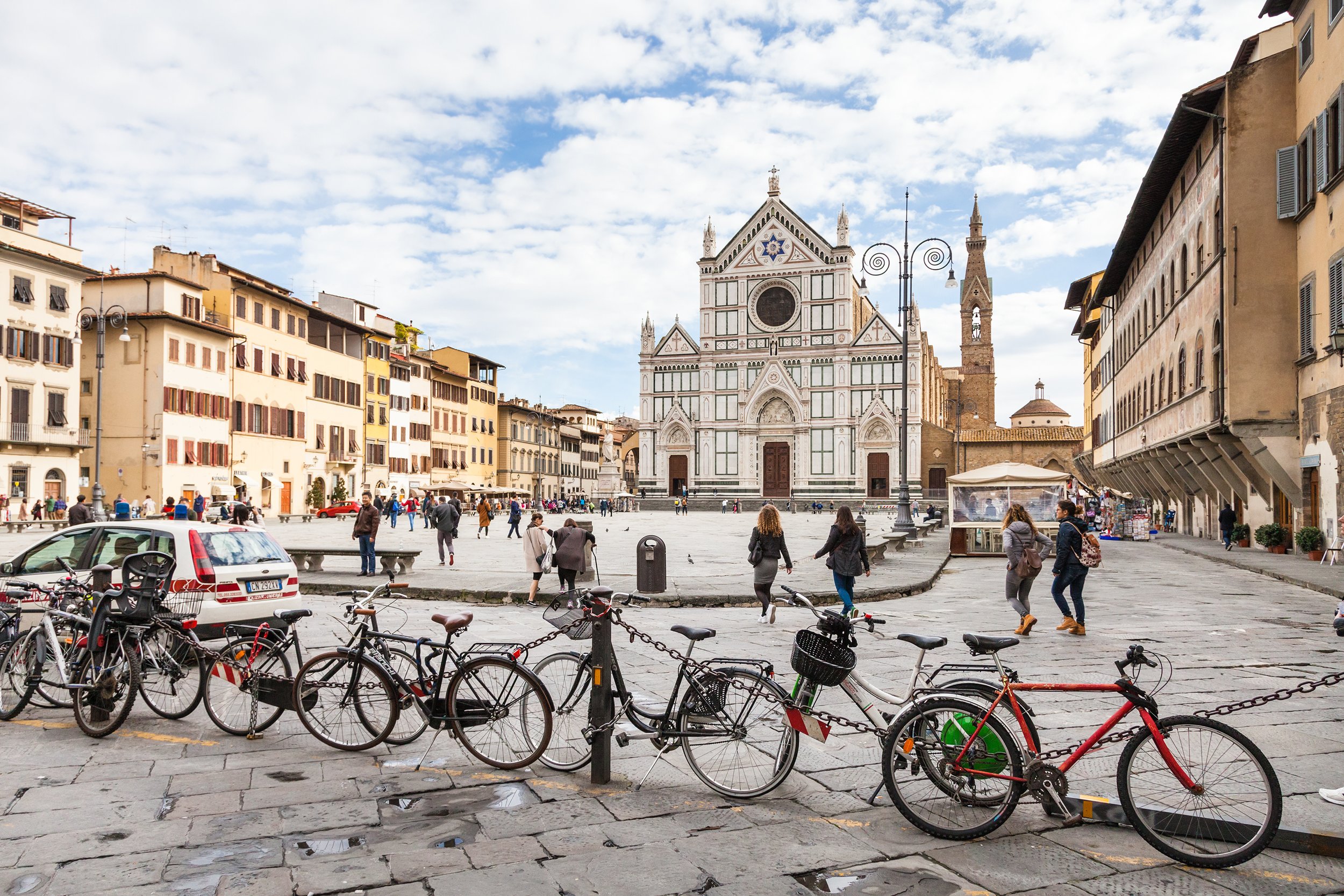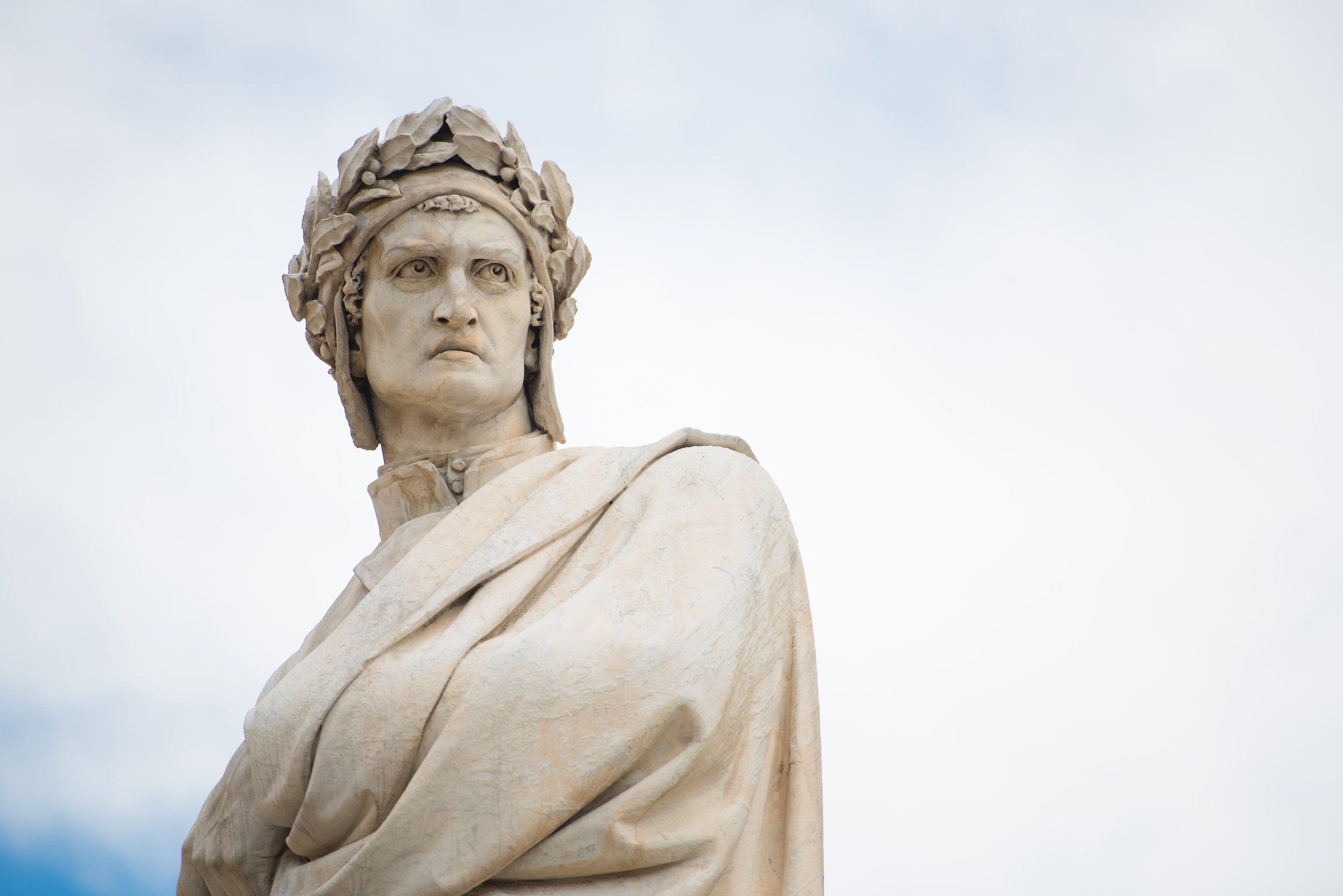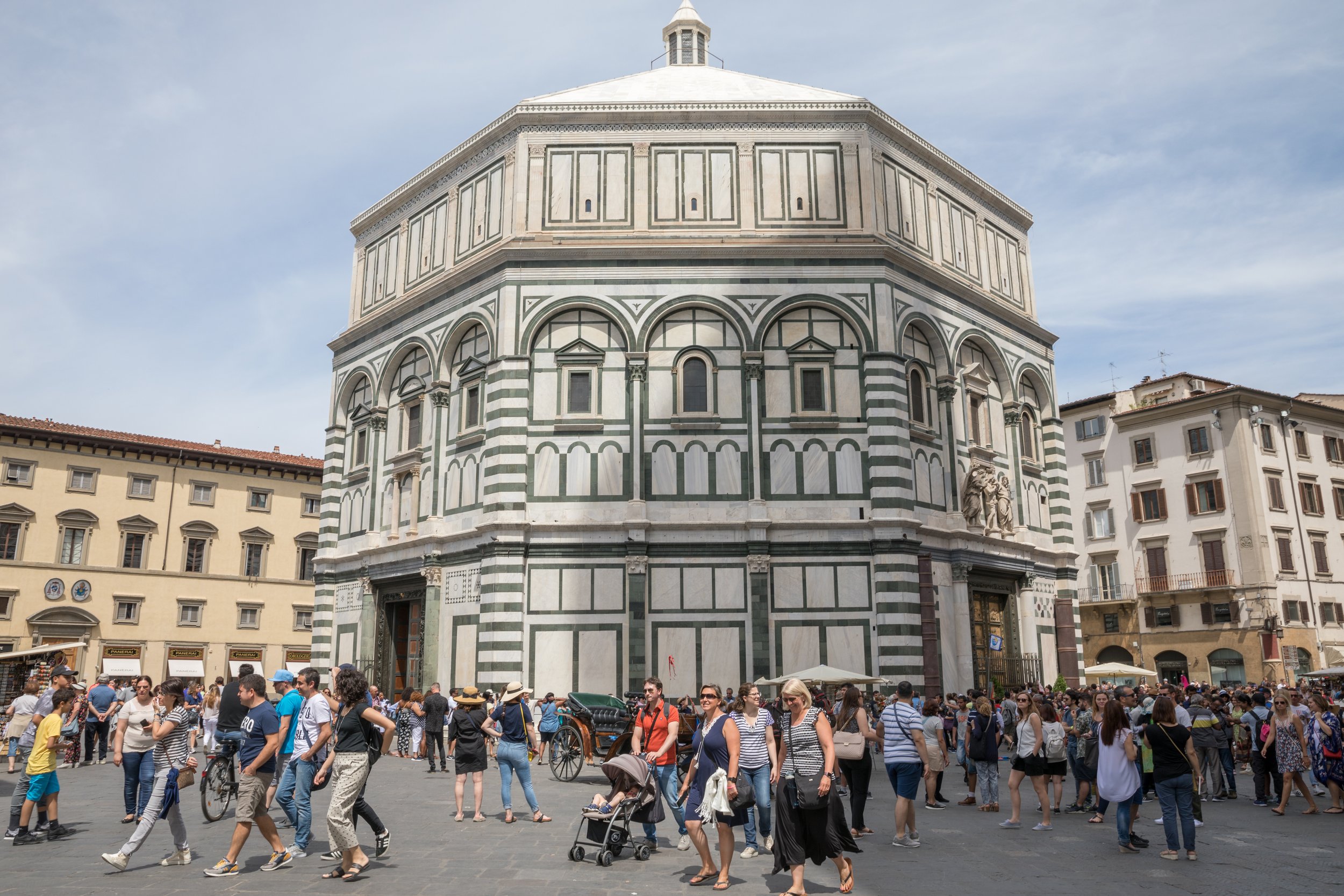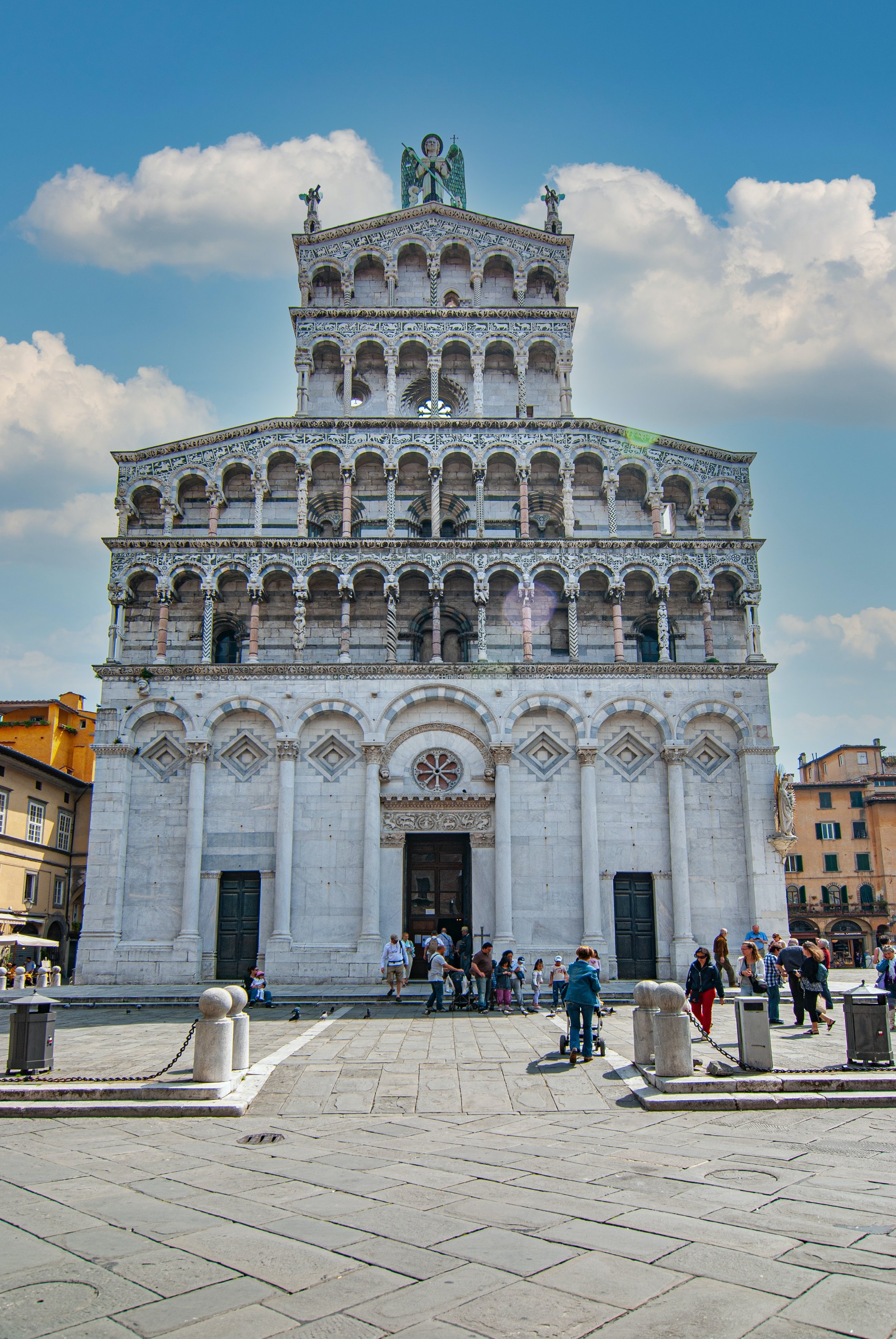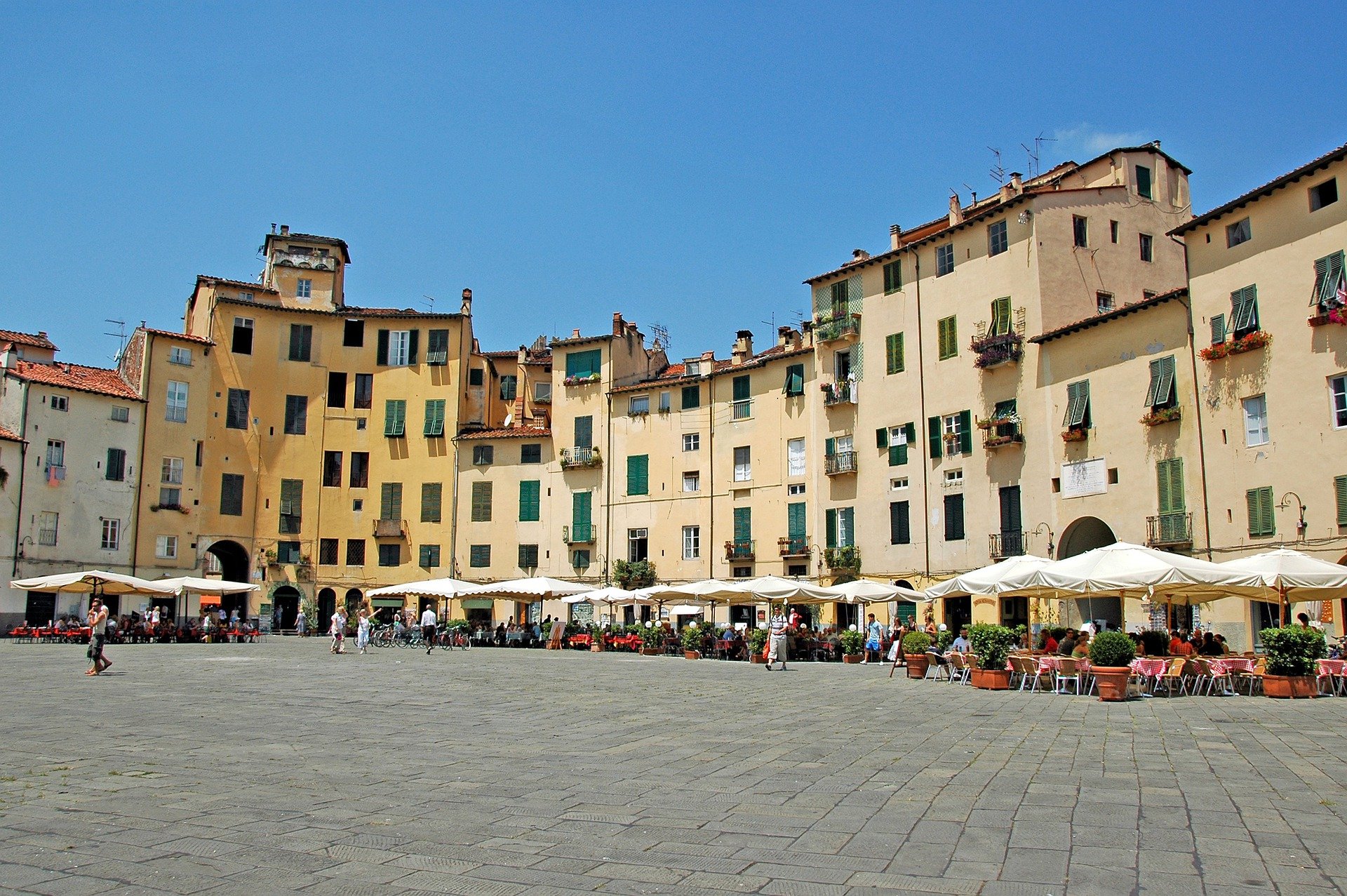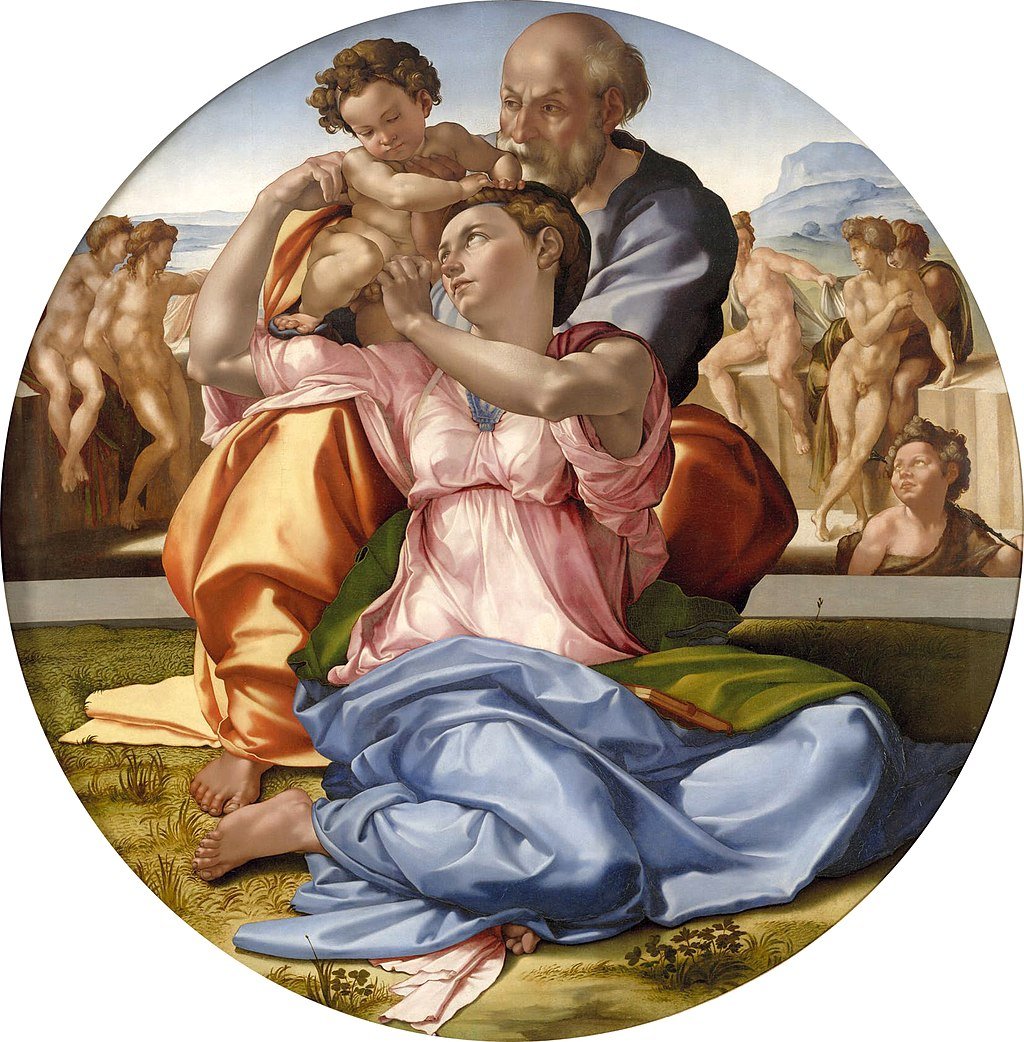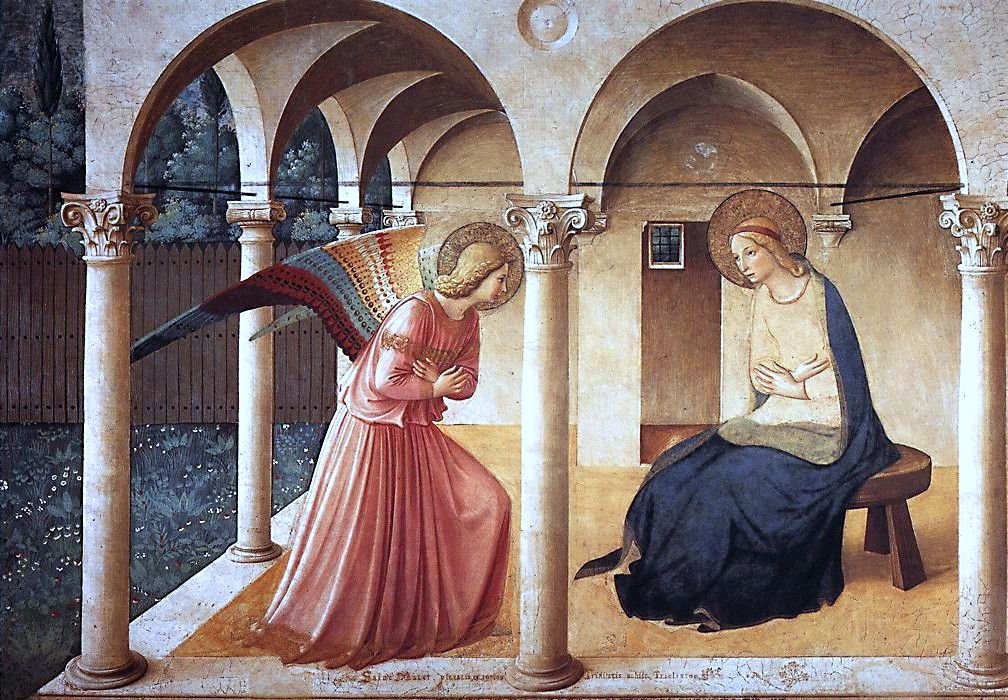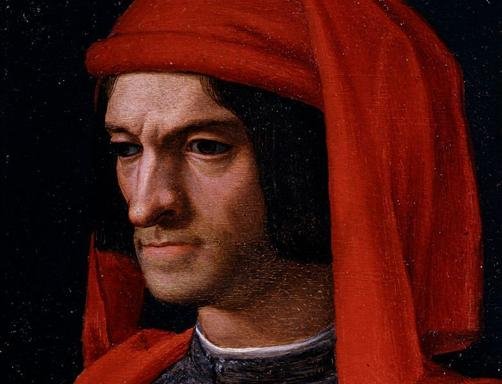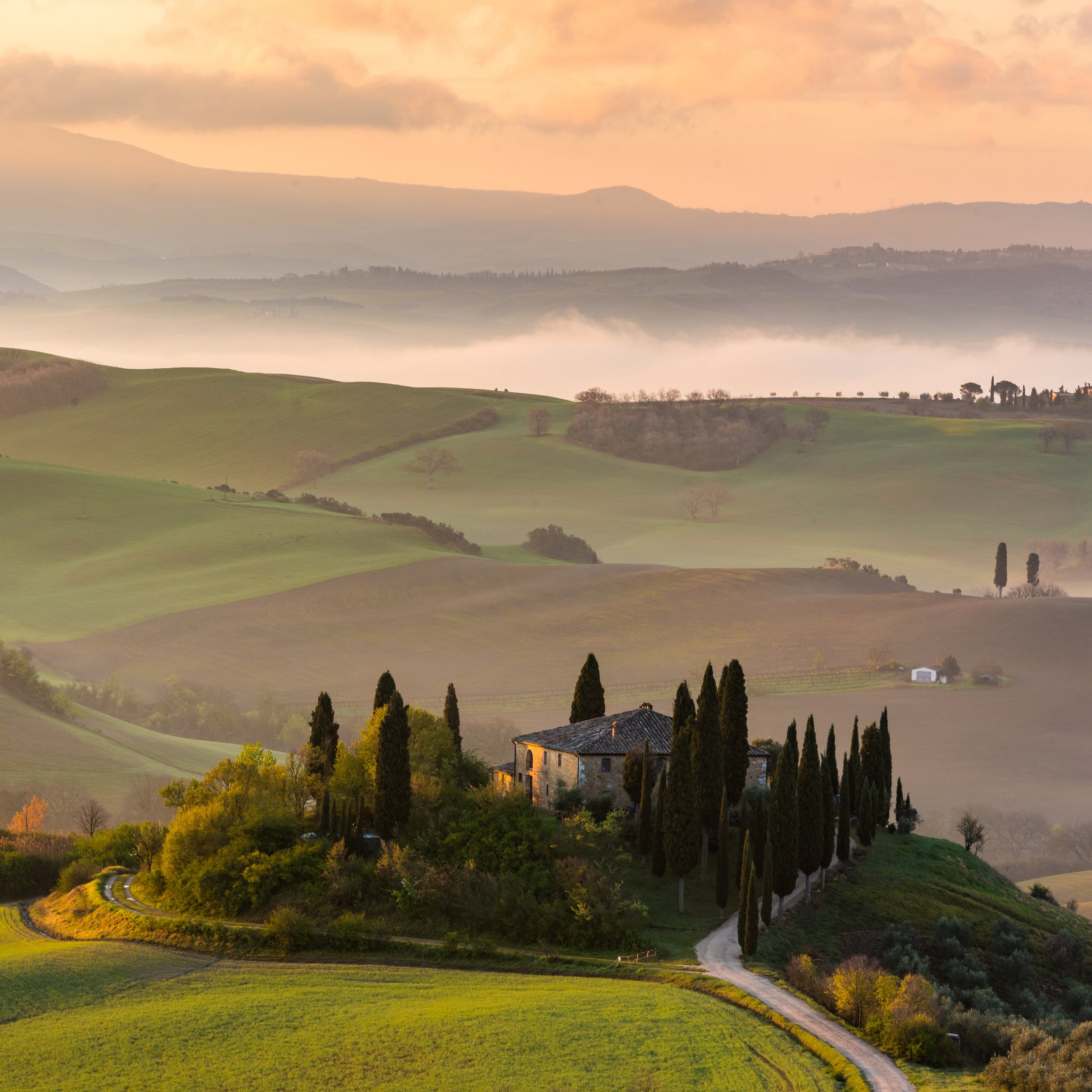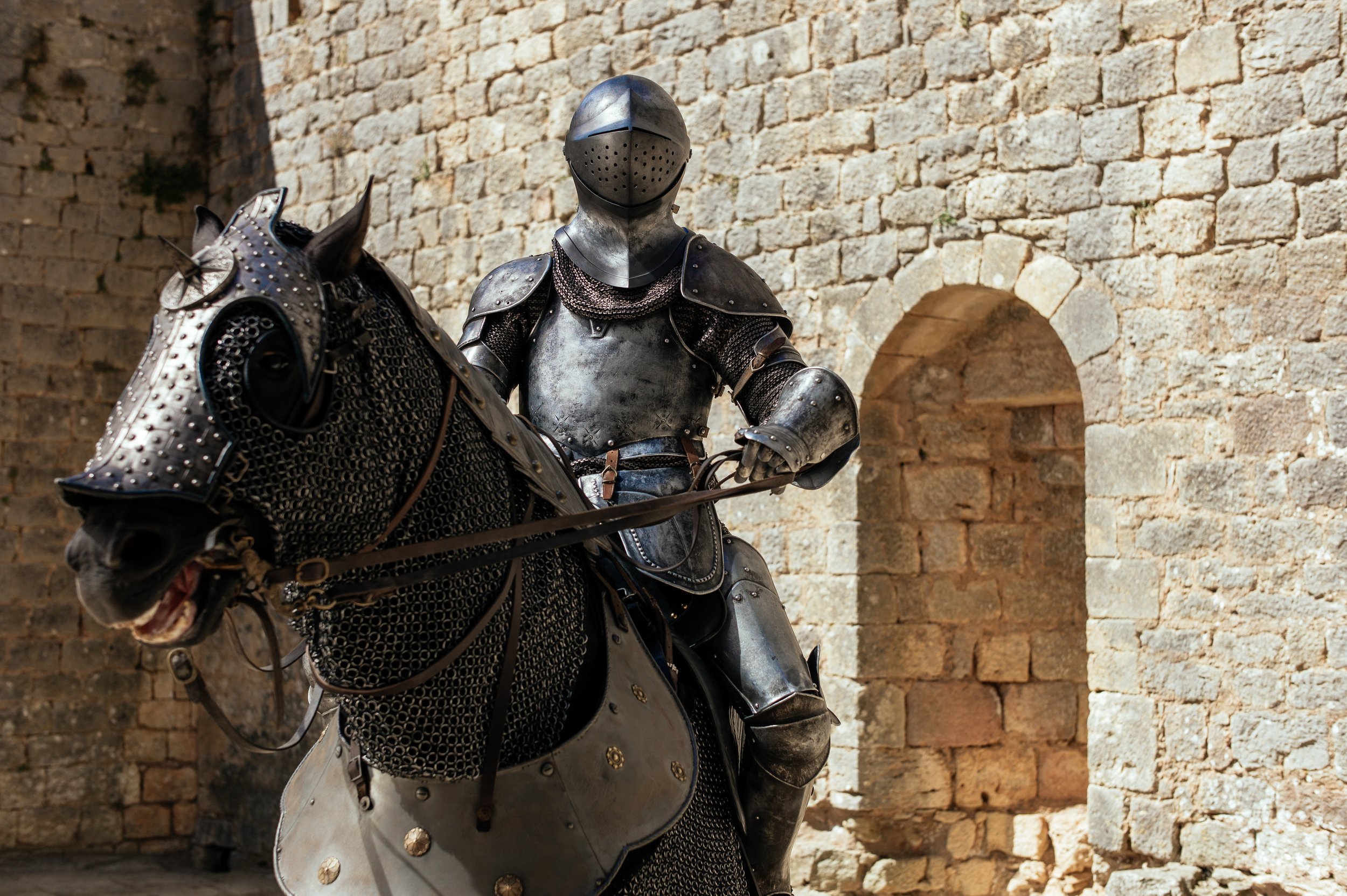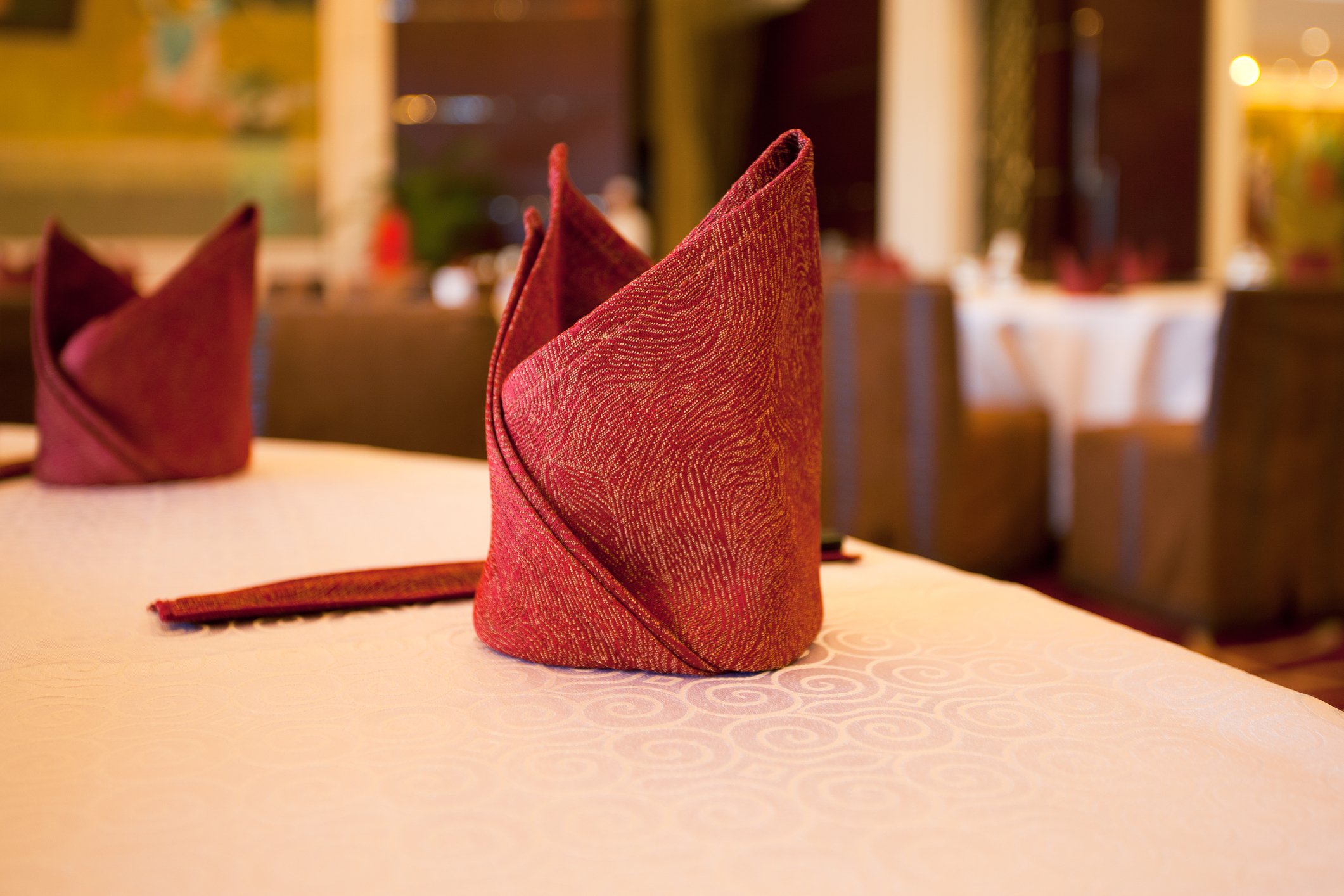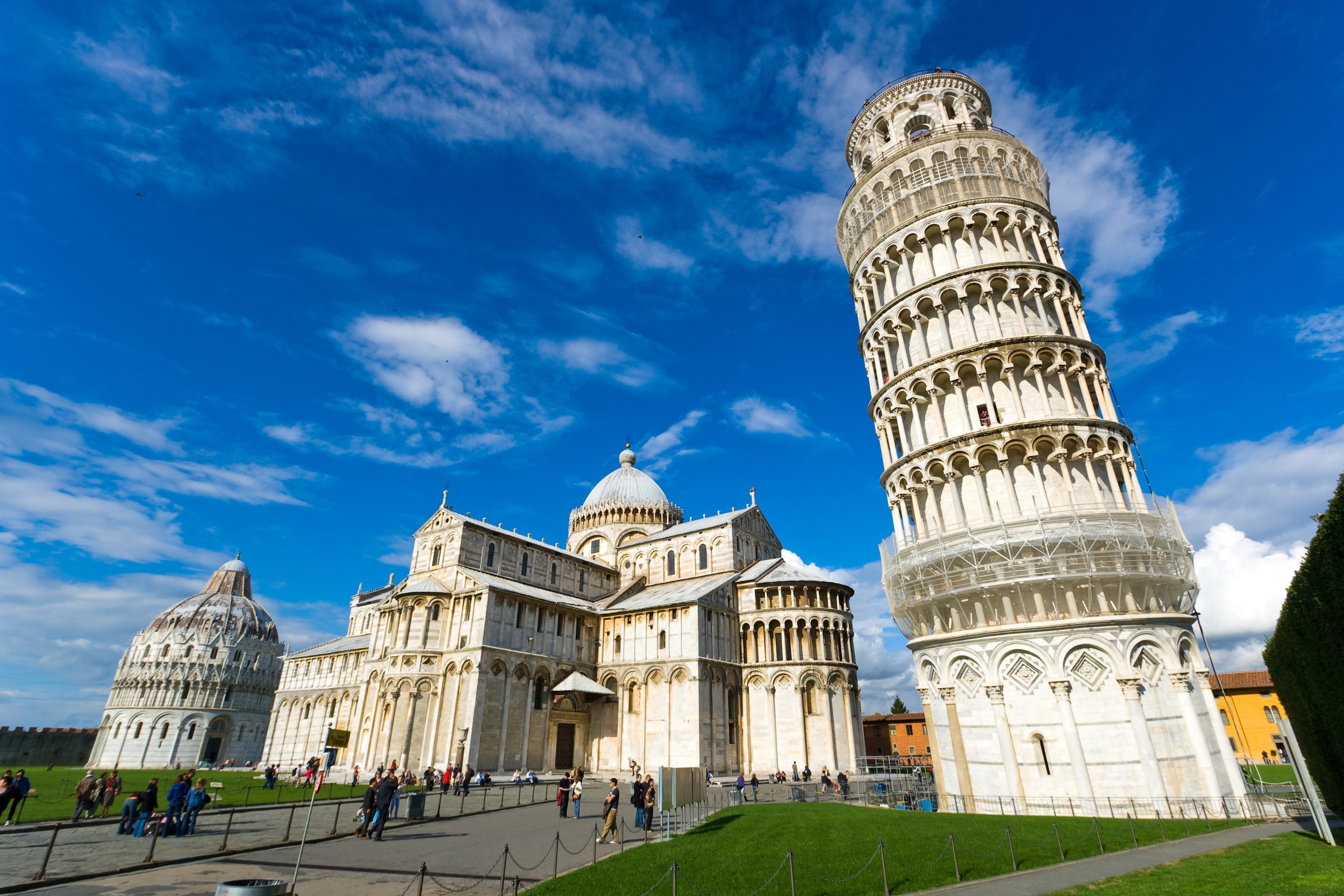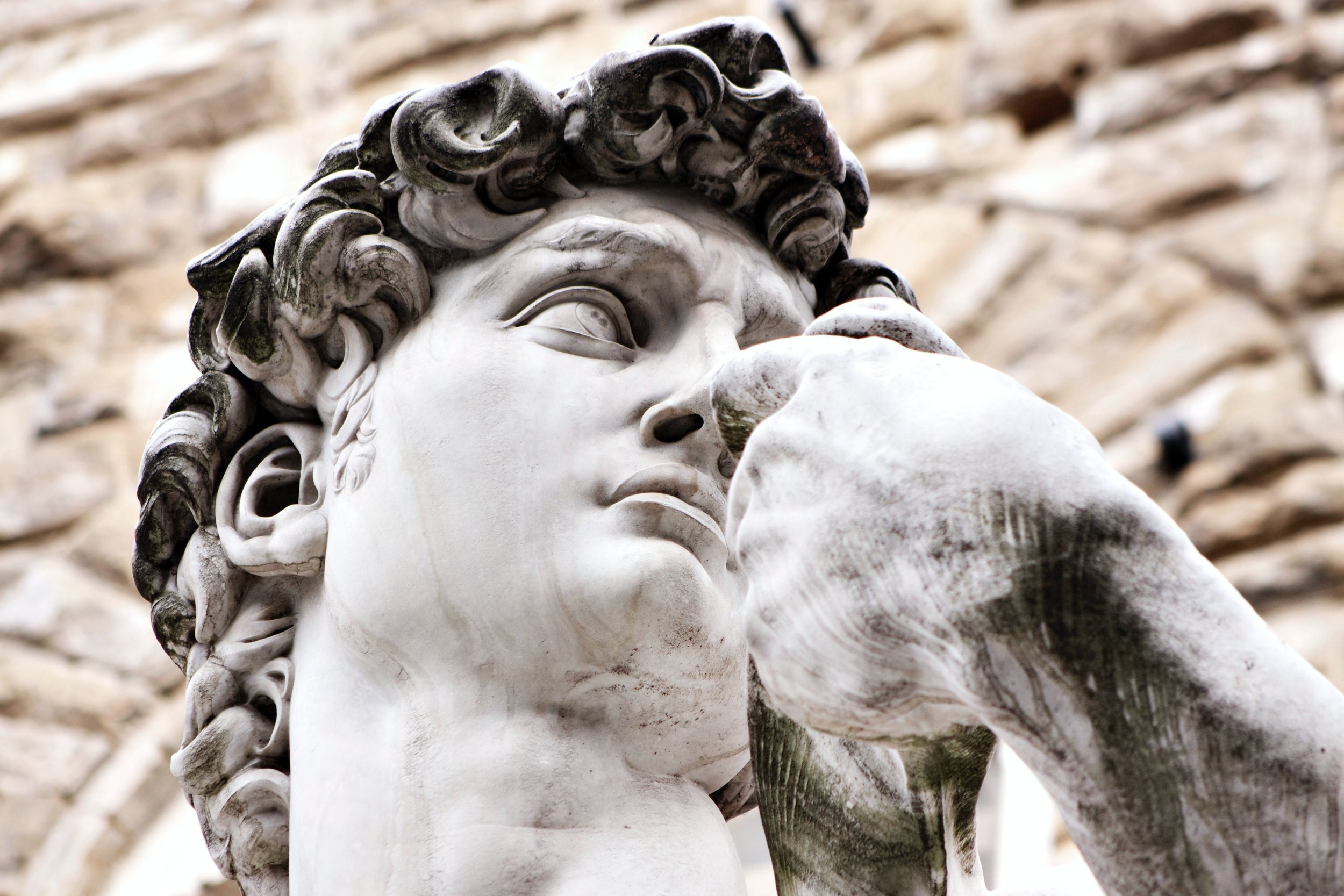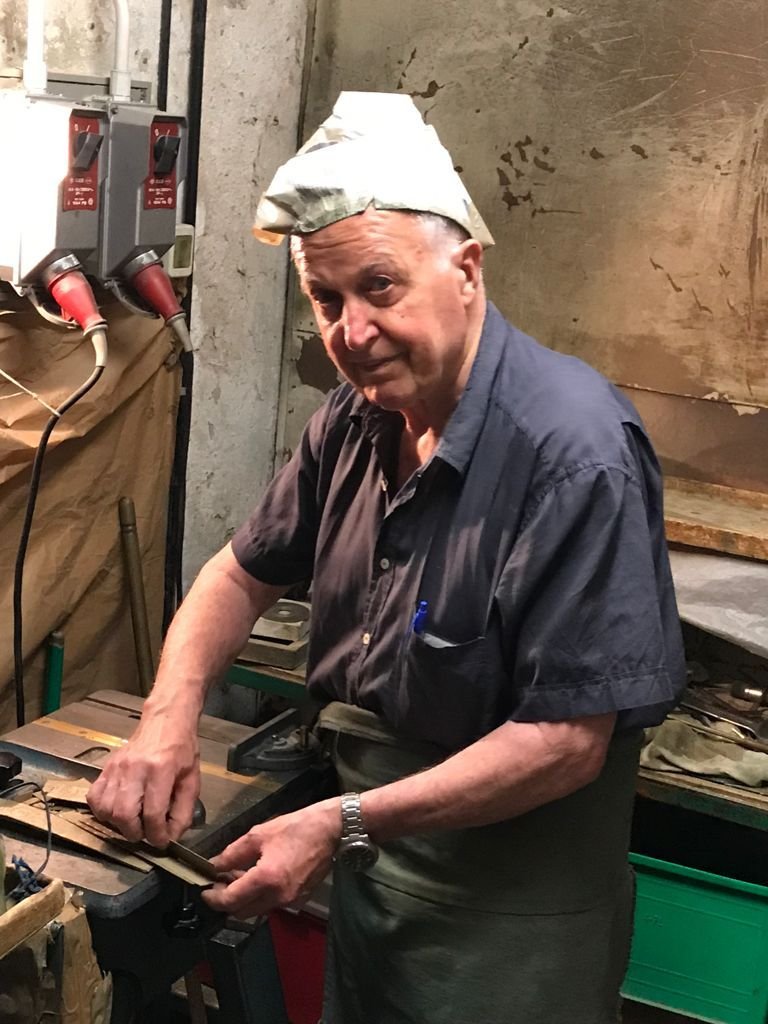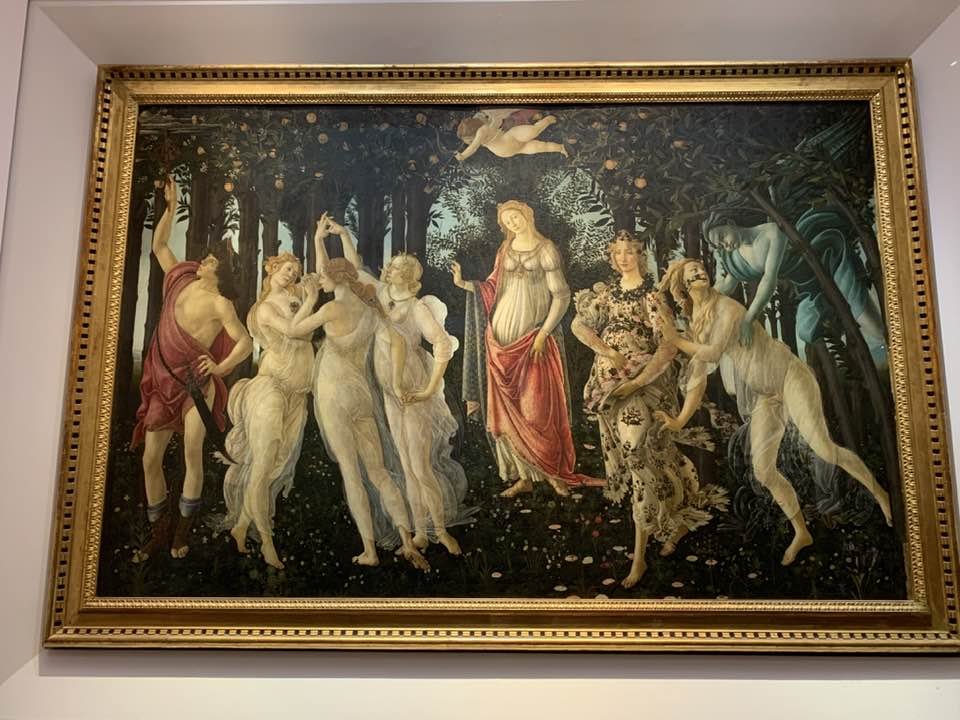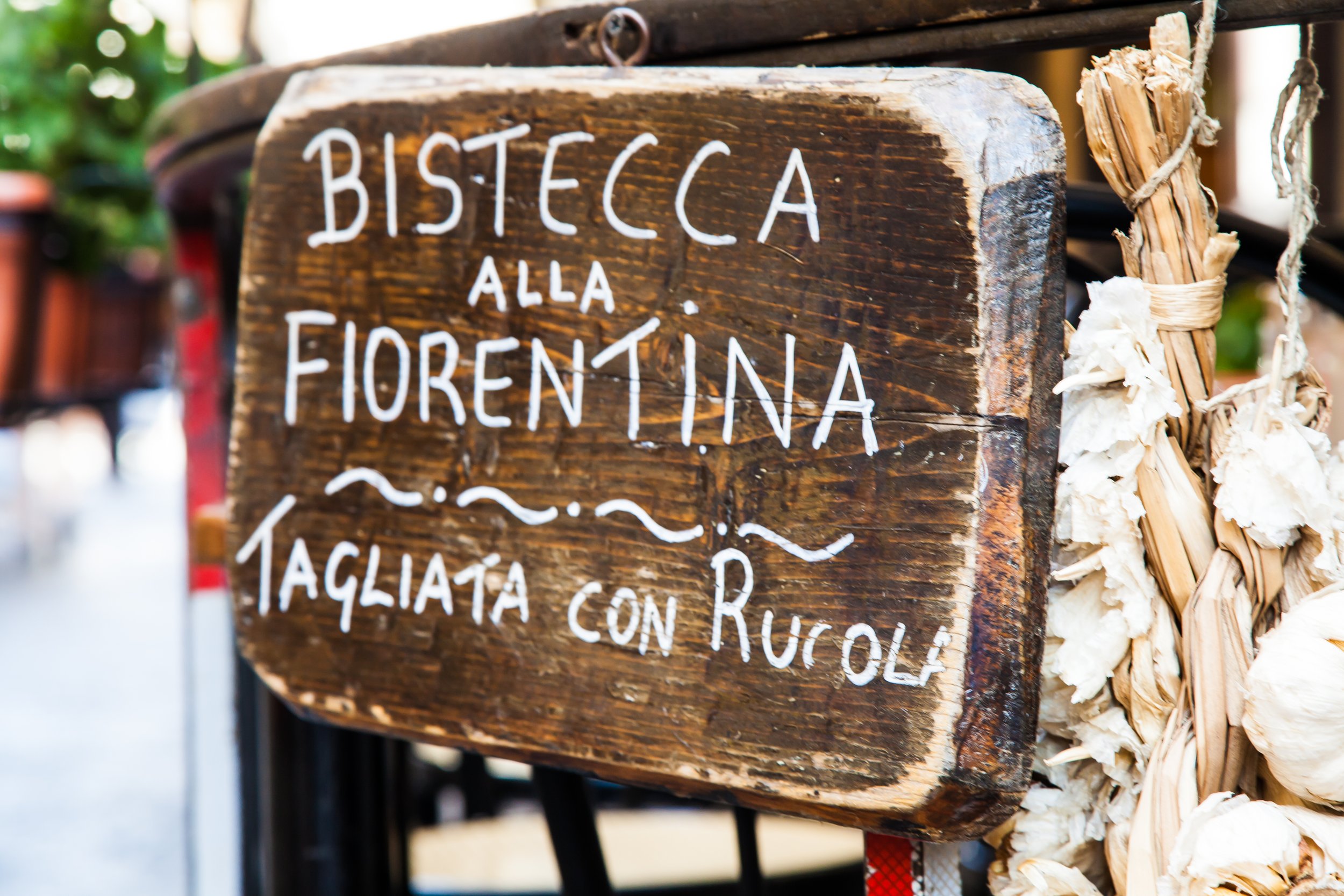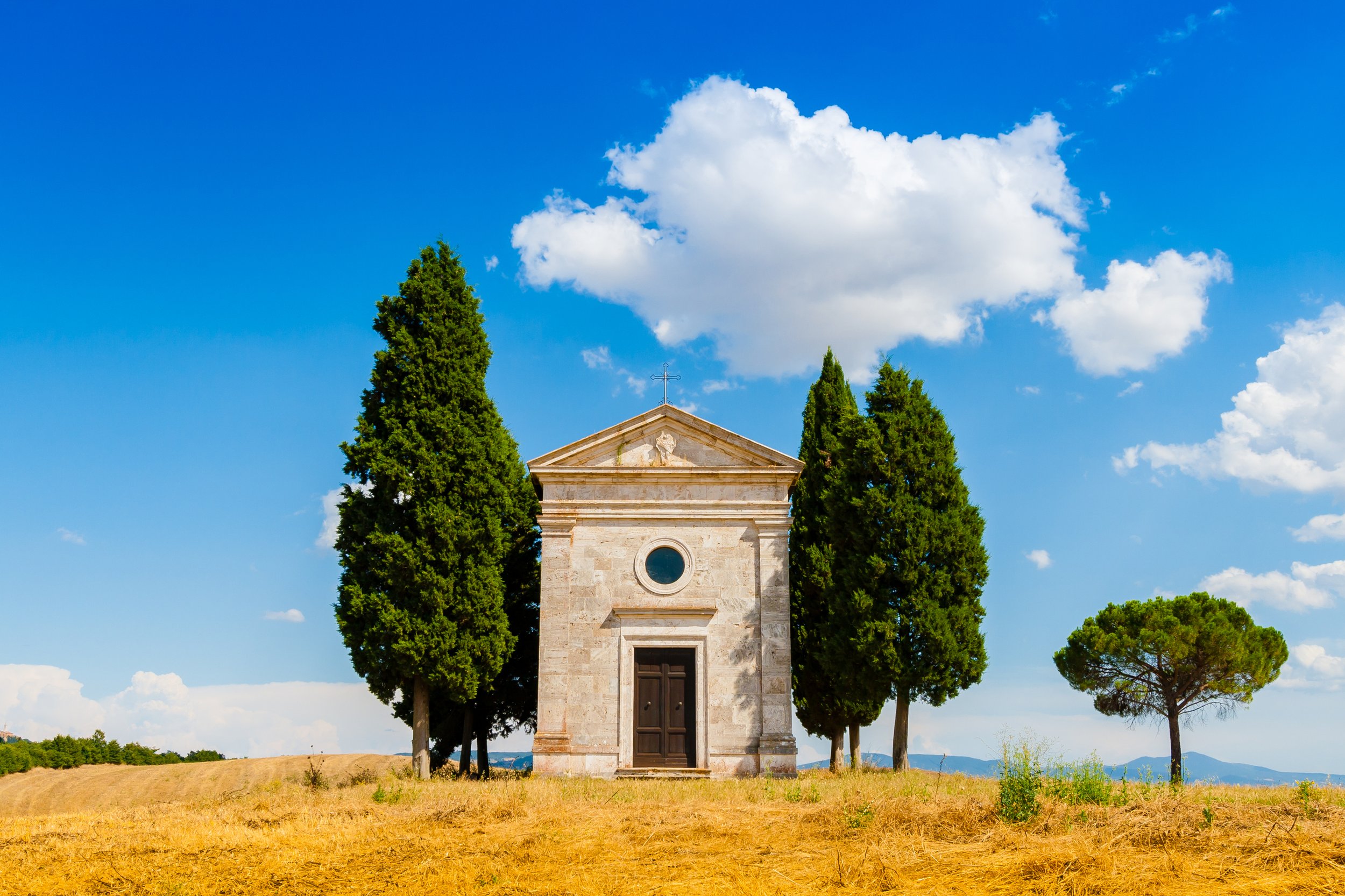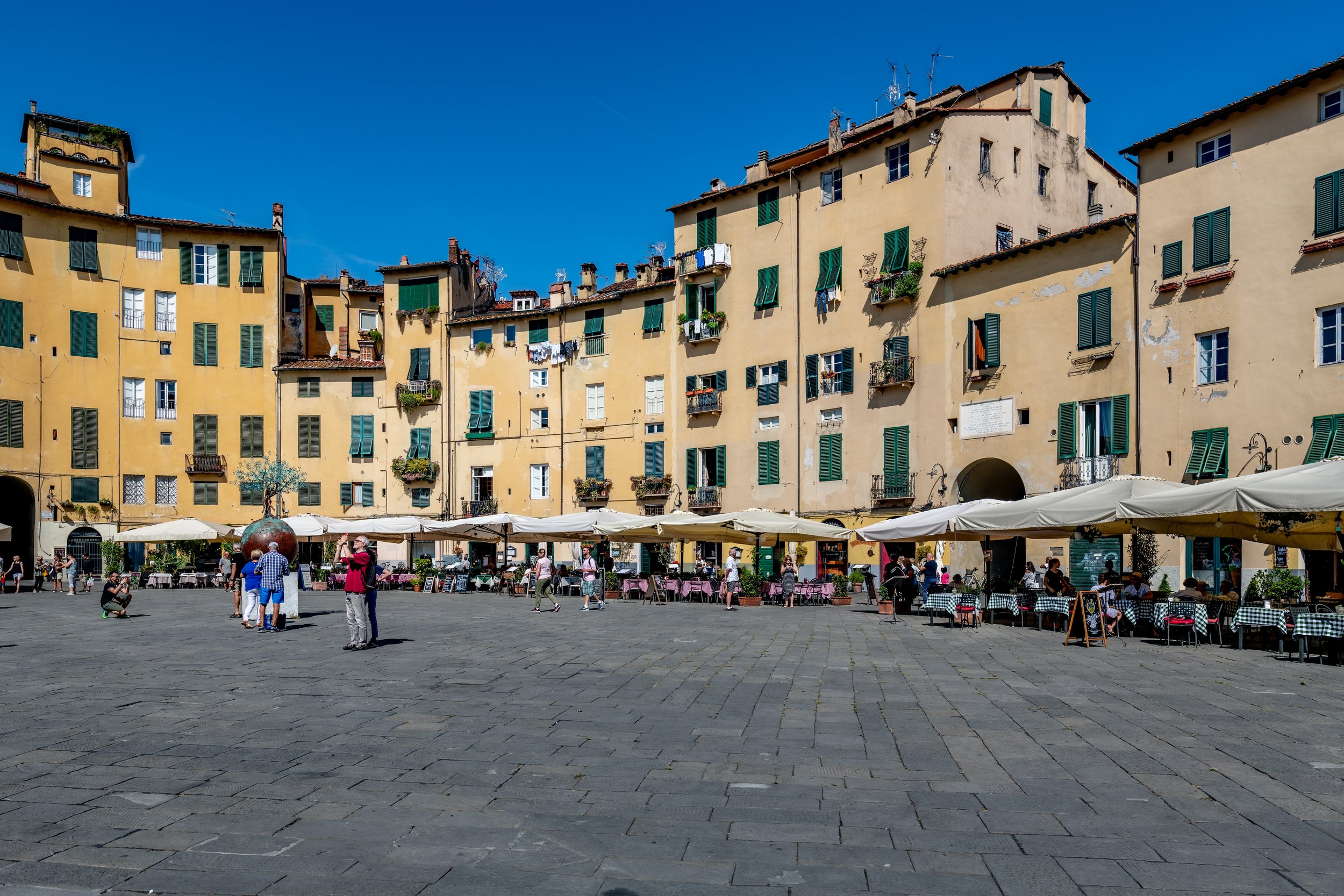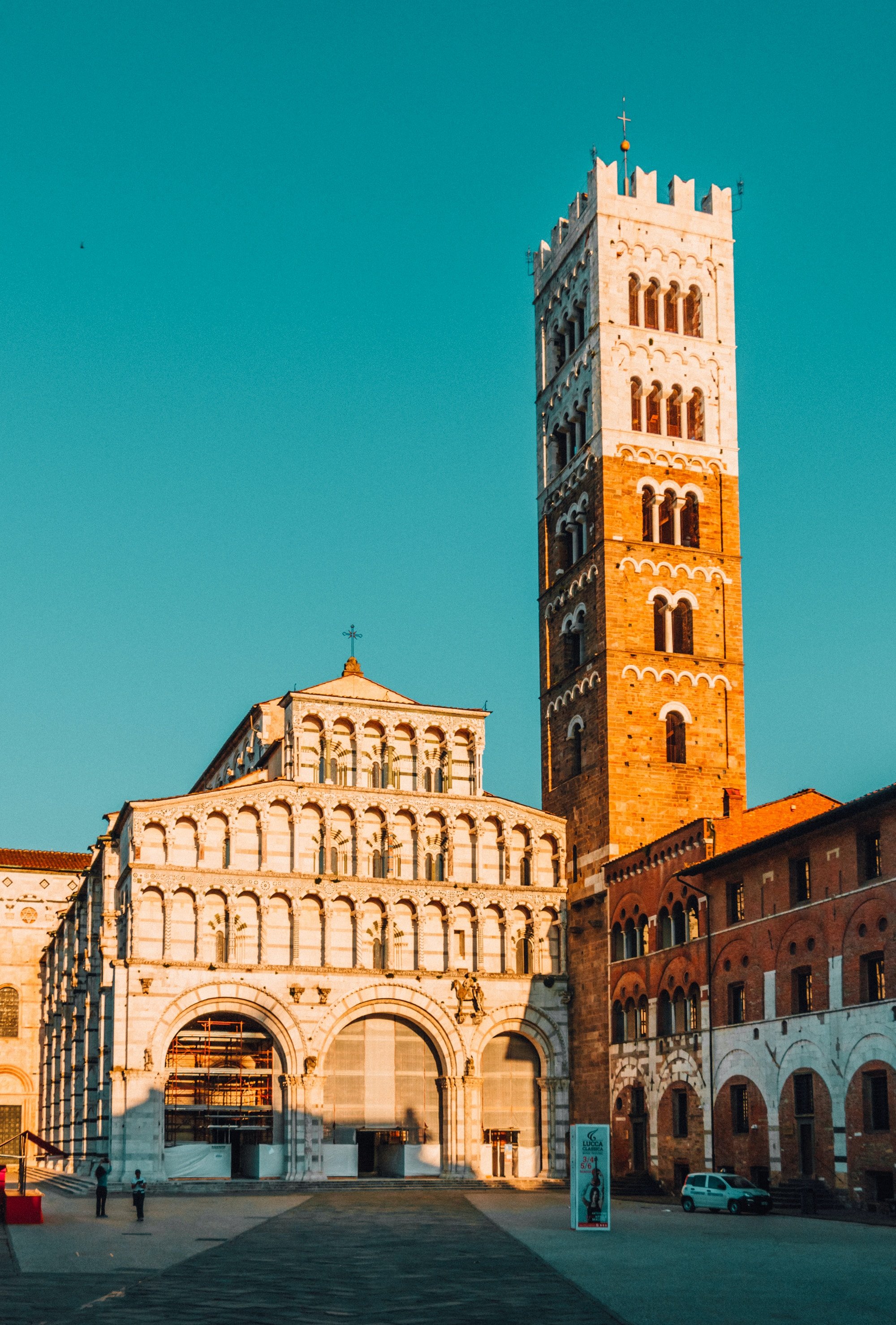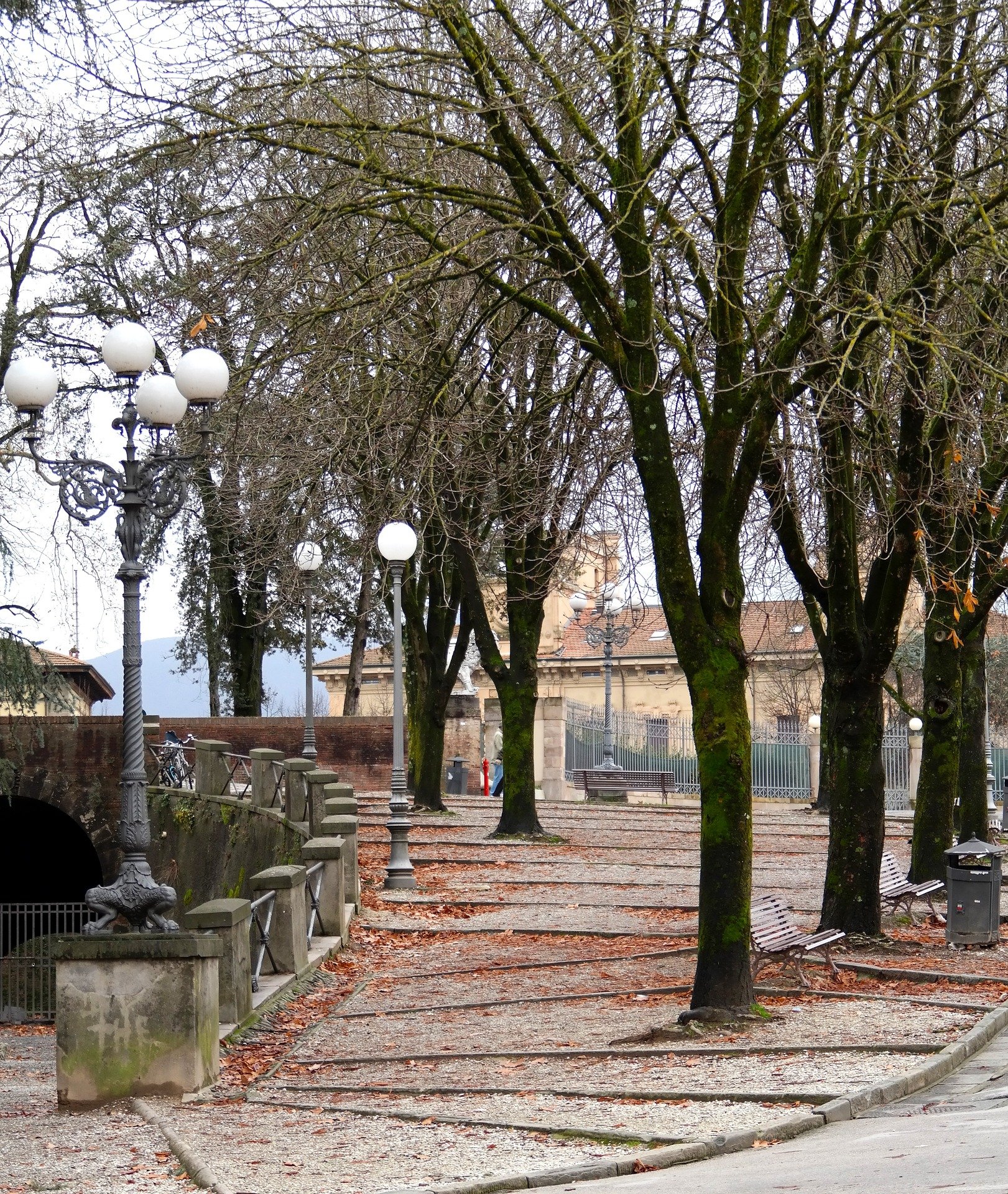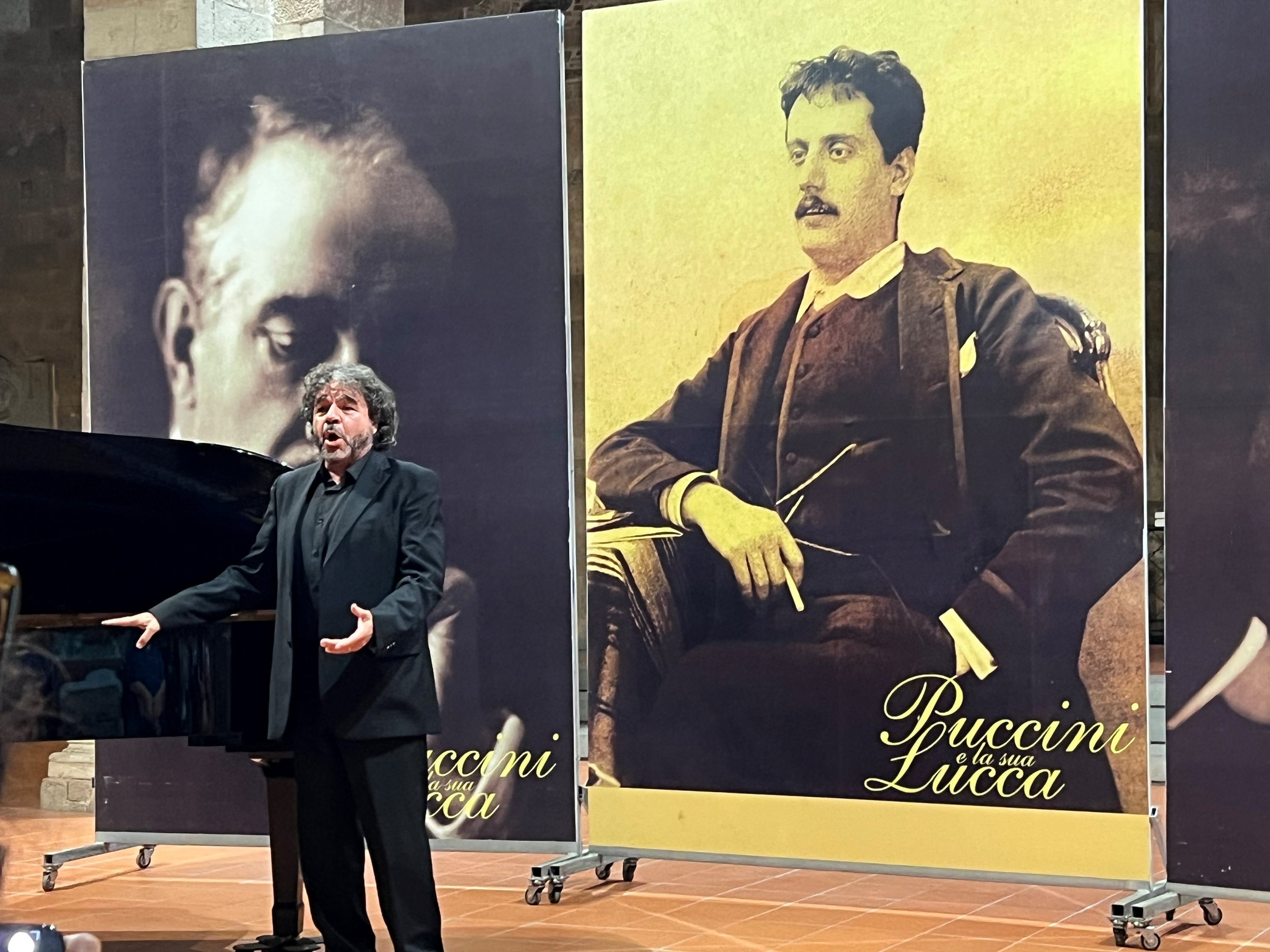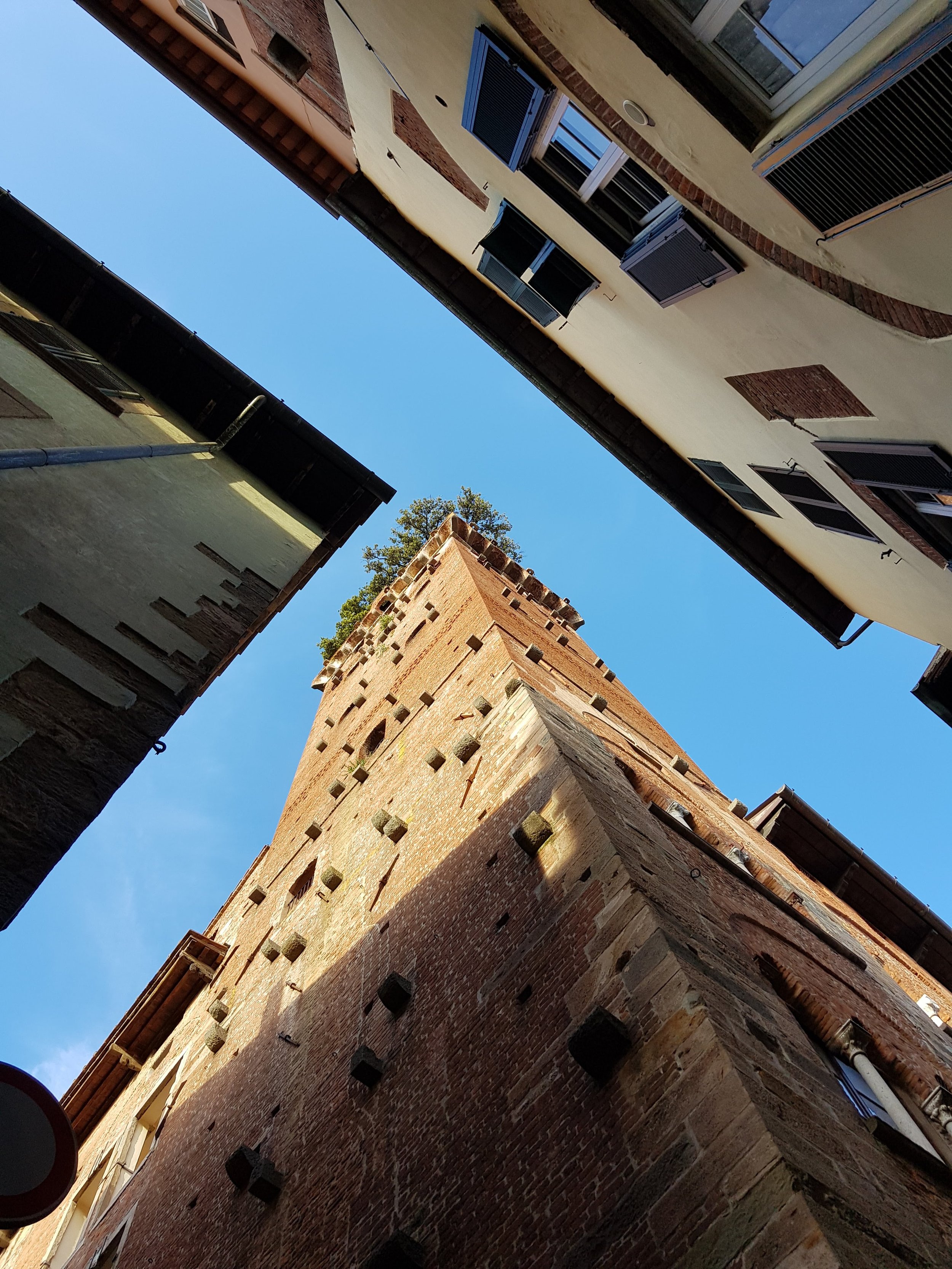Tuscany
Tuscany is an historic hub of art and culture in central Italy. Tuscany is also known for its stunning landscapes, rich history and gastronomy. The region’s history dates back to ancient times, with remnants of the Etruscan civilization, visible today. Its stunning landscapes with charming medieval towns with cobblestone streets exude a sense of timeless beauty. Tuscany is the birthplace of the Renaissance and it’s associated with masterpieces by artists like Leonardo da Vinci, Masaccio, Michelangelo, Botticelli, architects like Brunelleschi, Arnolfo di Cambio and Michelozzo, and writers like Dante, Machiavelli and Boccaccio. Writers from the world over have come to Tuscany, to Italy, where they have been inspired to write poetry, novels, music, plays and to create art. It houses world-renowned museums and galleries. This region is famous for if world-class wines, particularly Chianti and Brunello di Montalcino. The countryside is rural and offers serene landscapes which make it a popular destination for retreats and thermal spas. The region is also a major producer of high-quality olive oil. Tall, slender cypress trees are a hallmark of Tuscan scenery. Tuscany’s cultural traditions, festivals and local craftsmanship are integral to its identity. Tuscany hosts numerous festivals, events, and fairs throughout the year. These range from the historic Palio di Siena to contemporary events like the Comics & Games convention in Lucca.
Festivals in Tuscany
January
January in Tuscany is a quieter time for festivals compared to the busy summer and fall seasons, but there are still some interesting events to enjoy. Here are a few festivals and events you might find in Tuscany during January:
Festa di Sant’Antonio Abate (Various Locations) - Celebrated in several towns, this festival honors Saint Anthony the Abbot with processions, bonfires, and traditional festivities. It’s particularly notable in towns like Siena and Montalcino.
Lucca Winter Festival (Lucca) - Features a variety of events, including concerts, art exhibitions, and cultural activities throughout the month, celebrating the winter season with a mix of local and international acts.
Carnival of Viareggio (Viareggio) - Although the main events take place in February, preparations and smaller events often begin in January. The Carnival is famous for its elaborate floats, parades, and masquerade balls.
Festival of the Epiphany (Various Locations) - Celebrated on January 6th, this festival marks the end of the Christmas season with processions, traditional foods, and events. In Florence, you can experience the “Cavalcata dei Magi,” a historical reenactment of the Magi's journey to visit the newborn Jesus.
Winter Wine Tastings (Various Vineyards) - Many vineyards and wine cellars offer special winter tastings and tours in January, allowing visitors to sample local wines and enjoy the Tuscan countryside in the off-season.
Pistoia Blues Festival (Pistoia) - While the main festival occurs in the summer, there are often winter performances and events related to the festival, featuring blues and jazz music.
Montalcino Winter Fest (Montalcino) - Celebrates local cuisine and wines during the winter months with events focused on the region's famous Brunello wine.
March
Mercato Europeo, in Foligno
Palio dei Somari (Donkey Races), in Torrita di Siena
New Years, in Florence
The Scoppio del Carro, in Florence
Food & Street Around the World of Taste, in Sansepolcro
April
When Easter falls in April, Easter and the Monday following Easter are National Holidays
Vin Santo Festival, in Motefollonico
Tuscan Tiber Valley Craft Exhibition, in Anghiari. Ancient crafts and skills.
Liberation Day, National Holiday
MIDA International Crafts Exhibition, in Florence (April & May in 2025)
May
Labour Day, National Holiday
Maggio Musicale Fiorentino Festival, in Florence
Tuscan Tiber Valley Craft Exhibition, in Anghiari. Ancient crafts and new skills.
1st Sunday of May: Palio dei Micci (Donkey Races), in Versilia
2nd Sunday of May: Giorno della Mamma, Mother’s Day
Every 4th Sunday of May: Aprilante-Handcrafts and Vintage Market, in Panzano
June
2: Republic Day, National Holiday
16: The Feast Day of San Ranieri, in Pisa. Saint Ranieri is the patron Saint of Pisa. The evening of the 16th, the city is lit with thousands of candles. This is called the Luminara. Flickering candles are placed along the banks of the Arno, adorning the historic buildings, bridges, and boats that line the river's edge. The Luminara is followed by a grand fireworks display that ignites the night sky.
24: Feast Day of San Giovanni (Patron Saint of Florence) - Celebrations, in Florence and other cities
July
The month of July - Music Festival, in Lucca
August
16: Palio dell’Assunta, in Siena. This thrilling race and festival is held annually in honor of the Feast of the Assumption. The event's highlight is a thrilling bareback horse race around the iconic Piazza del Campo, Siena's main square
September
September in Tuscany is a fantastic time to experience the region’s festivals, with many celebrating local traditions, food, and culture. Here are some notable festivals you might find during September:
Sagra della Bistecca (Florence) - A celebration of the famous Florentine steak, this festival features grilled beef, local wines, and live music.
Vino al Vino (Greve in Chianti) - Held in the Chianti region, this wine festival allows visitors to taste a variety of local wines, accompanied by traditional Tuscan food and music.
Palio di San Rocco (Montepulciano) - A medieval festival with historical reenactments, parades, and traditional games celebrating the patron saint of Montepulciano.
Festival della Pizza (Florence) - A celebration of pizza, featuring a variety of styles and toppings, along with live entertainment and cooking demonstrations.
Festa della Madonna del Soccorso (Cascina) - A religious festival with processions, local food, and entertainment, honoring the Madonna del Soccorso.
Sagra della Zuppa (Pienza) - Focused on traditional Tuscan soup, this festival offers various types of soups, local cheeses, and other traditional dishes.
Festa Medievale (Lucca) - A medieval-themed festival with costumes, historical reenactments, and markets selling crafts and food from the medieval period.
Sagra della Polenta (San Miniato) - This festival celebrates polenta, a staple of Tuscan cuisine, with various polenta dishes, local wines, and live music.
October
October is a busy month for festivals in Tuscany, as the region celebrates the harvest season with many events. Here are some notable festivals and events you might enjoy:
Festa della Vendemmia (Various Locations) - Celebrates the grape harvest with wine tastings, vineyard tours, and traditional Tuscan food. It’s a great way to experience the local winemaking culture.
Sagra del Tartufo (San Miniato) - This truffle festival is dedicated to the prized white truffle. Visitors can enjoy truffle-based dishes, truffle hunting demonstrations, and other culinary delights.
Festa della Castagna (Montagna in Valtellina) - Celebrates chestnuts with traditional dishes, roasted chestnuts, and local crafts. It’s a great way to enjoy the autumn flavors of Tuscany.
Festa dell'Uva (Chianti) - This grape festival features wine tastings, grape stomping, and parades celebrating the harvest and the Chianti wine region.
Sagra della Bistecca (Florence) - If it overlaps into October, this festival celebrates the famous Florentine steak with grilled meat, local wines, and entertainment.
Lucca Comics & Games (Lucca) - A major event for fans of comics, games, and pop culture. It features cosplay, workshops, and exhibitions related to various aspects of popular culture.
Festa del Vino Novello (Montalcino) - Celebrates the release of the new wine harvest with tastings of the first wines, local food, and festivities.
Autumn Fest (Various Locations) - Various towns and villages in Tuscany hold autumn festivals featuring local foods, crafts, and music, celebrating the changing seasons.
Late October: La Sagra del Tordo, (near Siena). A Medieval festival since 1958. https://rove.me/to/tuscany/sagra-del-tordo
November
1: All Saints’ Day, National Holiday
2nd, 3rd and 4th weekends of November, San Miniato, (near Pisa) celebrates truffle season
16-1 of Jan 2026: Christmas Markets & Tyrolean Village, in Arezzo
December
First Sunday of the month: Antique Fair, in Arezzo
8: Feast Day of the Immaculate Conception, National Holiday
25: Christmas, National Holiday
26: Saint Stephen’s Day, National Holiday
Great sites with City Itineraries of Festivals
For Florence - year round: https://www.destinationflorence.com/en/blog/460-be-ready-unmissable-events-in-florence
Our Favorite for Cities to Visit in Tuscany
Florence (Firenze) - If you could choose one town in Tuscany, Florence would be that town for the founder. It is a gem - for all of humanity. A MUST SEE. This is where the Renaissance began, thanks to Lorenzo di Medici (also known as The Magnificent.) Florence is an open museum thanks largely to this Godfather of the Renaissance and the last living descendant of the Medici family who ensured that all of the family art remain in Florence. The remnants of the Renaissance are beautifully on display in the architecture, churches and museums. There are treasures on every street. Check out Antonia’s Italy - Walking Tours of Florence, Its Art, Food & Fun on Amazon for many suggestions on what to do, see and eat in this historic town. The author is the founder who lived here for a year and in that time of daily studies and adventures, did not have nearly enough time to explore all of Florence’s treasures. She’s been returning for the last four decades to continue to explore the treasures of the city and surrounding towns. Plan to stay here for at least a week or more during the early Spring, late Fall, or winter. Avoid the summer months. Enjoy 5 walking tours by downloading the ebook of the founder’s book.
Siena - Another Tuscan gem with Medieval and Renaissance architecture, historical treasures and great cafes. This gorgeous town has one of the most picturesque piazza’s in Italy, Piazza del Campo, renowned for its unique shell-shaped design and a breathtaking cathedral which is a masterpiece of Italian Romanesque-Gothic architecture. Siena's historic center is a UNESCO World Heritage site, characterized by narrow, winding streets lined with medieval buildings, churches, and small squares. Sienese cuisine is hearty and rustic, featuring dishes like pici (thick, hand-rolled pasta), ribollita (a bread and vegetable soup), and panforte - my favorite - (a dense, spiced fruitcake). Siena was a major center of art and learning during the Middle Ages and Renaissance, producing artists like Duccio, Simone Martini, and Ambrogio Lorenzetti, whose works can be seen in local museums and churches.
Siena, Palazzo Publico
Certaldo - Birthplace of Boccaccio and charming for a break from the Tuscan crowds.
Certaldo, Photo by Peter Fortuin
Porto Santo Stefano - a charming coastal village with fabulous restaurants and serrenity.
Porto Santo Stefano, Photo by Stevanzz
Val d’Orcia - A UNESCO World Heritage Site with some of the most iconic Tuscan vistas. Cypress trees abound.
Val D’Orcia
Anghiari - A charming Medieval town that has preserved much of its historic character. It is associated with the famous Battle of Anghiari in 1440 which bolstered Florence’s influence and independence. (Milan lost the battle.) Another reason we recommend a trip to see this gem is to visit the Busatti linen factory, operating since 1842! Tour the ancient looms in the basement while they are producing exceptionally exquisite textiles.
Anghiari- a Panorama, Photo by Michelangelo Oprandi
Lucca - Another favorite town of the founder. This charming town’s historic center is encircled by a Renaissance-era wall adorned with trees, benches, a cafe and beautiful views of the city and surrounding countryside. You can explore this 2.7-mile loop (on top of the wall) on foot or by bike in less than an hour. Lucca was originally founded by the Etruscans and later became a Roman colony in the 2nd century B.C.E. You will find fabulous shopping in Lucca, especially for textiles. Lucca was a popular destination for pilgrims walking from Spain to Rome and then on to Jerusalem. So, there are many churches and banks in town so as to exchange money for the visiting pilgrims. Climb the tour, (built for a noble’s lover, his wife), and enjoy a beautiful view of the old and new in Lucca. Lucca is the birthplace of Puccini. For opera lovers, try to stay for at least one evening. Every night, year-round, opera is performed in the deconsecrated Church of San Giovanni at 7 pm. Lucca is overwhelmed with people dressed as their favorite comic book characters and superheroes every year for the annual Comics & Games Convention. Il Mecenate and Trattoria Da Leo are my favorite restaurants inside the walls.
Montepulciano - This charming hilltop town, with its well-preserved Medieval walls and gates is picturesque and can boast of its excellent wine, particularly the Vino Nobile. Check out the Cantucci cellars. For art and architecture lovers, the Cathedral of Santa Maria Assunta and its beautiful frescoes are a must-see. For the ultimate relaxation, drive to the thermal baths in nearby Chianciano Terme.
Montepulciano, View of Piazza Grande and the Cathedral of Montepulciano with its bell tower and the Chianti countryside, Photo by Petrolinim
Montefollonico - Our friends, Louree and Nicco, have refurbished a charming medieval structure to offer a B&B where they offer cooking classes and tours of the surrounding area, which is like a picture postcard. An hour from Florence. Exceptional hospitality. Check out Borgo di Sotto. https://www.borgodisotto.com/
Louree and Nicco at Borgo di Sotto
Arezzo - This ancient Eturuscan town is full of charm. If you want to see native Italians bargain for antiques amongst each other, Arezzo hosts an antique fair on the first Sunday of each month. Any other day, there’s quite a bit to see in this charming village. One of my favorite stops is a home belonging to Georgio Vasari. He was a significant writer and artist of the Renaissance. The Lives of The Artists is a must-read for those interested in the Renaissance. Vasari wrote short bios of the artists of this glorious period and included his personal spin on some. His home is now a museum dedicated to his life and work. The Medici fortress is massive and serves now as an Etruscan museum. The Basilica of San Francesco houses frescoes of Piero della Francesca, the Legend of the True Cross, some of the finest examples of Italian Renaissance art. Giostra del Saracino is a must see, an electrifying jousting tournament that sets the city alight with fierce competition and passionate crowds. This jousting tournament was first held in 1260 AD. Now it is held twice yearly on the third Saturday in June and the first Sunday in September.
Arezzo
Cortona is charming. Renovated in 2000 for the Pope’s visit during the Jubilee with repaired red tile roofs, updated drainage and flattering storefronts meticulously stylized. You may recognize the name from the film Under the Tuscan Sun since it was filmed here and in the neighboring hillside. Nearby, you can visit La Verna - the Franciscan Sanctuary nestled on top of a nearby mountain. The church includes some gorgeous Della Robbias. A relaxing place to stay in Cortona is the Cortona Bed & Breakfast - Casa Chilenne - Camere in affitto, run by San Francisco native daughter who has lived with her husband in Cortona for over 2 decades, Jeanette Wong. She’s also a fabulous cook and knows the locals.
Cortona, Photo by Frank Bach
Bagno Vignoni - Near Siena is the Val d’Orcia Natural Park you will find ancient thermal, Roman baths in Bagno Vignoni. For centuries, visitors here have been bathing in these restorative waters for healing, rest and relaxation. The main tank at the center of the village (pictured above) is the source of the water which is from a volcanic source. This has been a holiday destination for centuries. You will be in the company of Saint Catherine of Siena and Lorenzo de Medici who rested here. The Posta Marcucci Hotel and Resort offers outdoor baths and other amenities for a break from the crowds of the cities with modern amenities.
Bagno Vignoni Thermal Baths, Photo by Sergio Pazzano
Pienza - In 1996 Pienza became a UNESCO World Heritage Site. It is the home of Pope Pius II and several Renaissance Palazzos, sitting in the heart of the breathtaking Val d’Orcia. Pienza is also known for its cheese from sheep. This jewel is not to be missed.
Pienza
Livorno - a radiant port city designed during the time of the Medici to be an “ideal” city.
Livorno, Photo by Igor Dmitriev
Chianti Country
Tuscany is known not only for its beautiful landscapes and art. Tuscany is also one of the finest grape-growing regions in the world. Here you will be able to explore Chianti and other varietals. You will recognize family names that have been tilling the soil in the wine industry for generations like the Antinori.
Chianti country, Photo by Janoka82
3 Days in Chianti Country
Here’s what we suggest for a tour. You’ll need a car. Book a hotel for 3 nights in Greve.
Day 1: Drive to Greve in Chianti. Explore that town square for lunch. In the early afternoon visit a local winery for wine tasting. Consider Castello di Verrazzano or Badia a Coltibuono. Dinner in Greve.
Day 2: Drive to Panzano in Chianti. Explore the town and the famous butcher shop, Dario Cecchini. In the afternoon drive to Castellina in Chianti. Explore the Chianti Museum. Stay in Castellina or head back to Greve for dinner.
Day 3: Visit another local winery or a local oil producer. Drive to Radda in the afternoon and enjoy the views. Return to Greve for dinner and your final night in Chianti country.
Other Favorite Towns in Tuscany
San Gimignano
Volterra
Pitigliano - (Italy’s Little Jerusalem) for its historic Jewish community
Pisa
Siena
Monteriggioni
Castiglione della Pescaia
Viareggio
Pieve Santo Stefano

